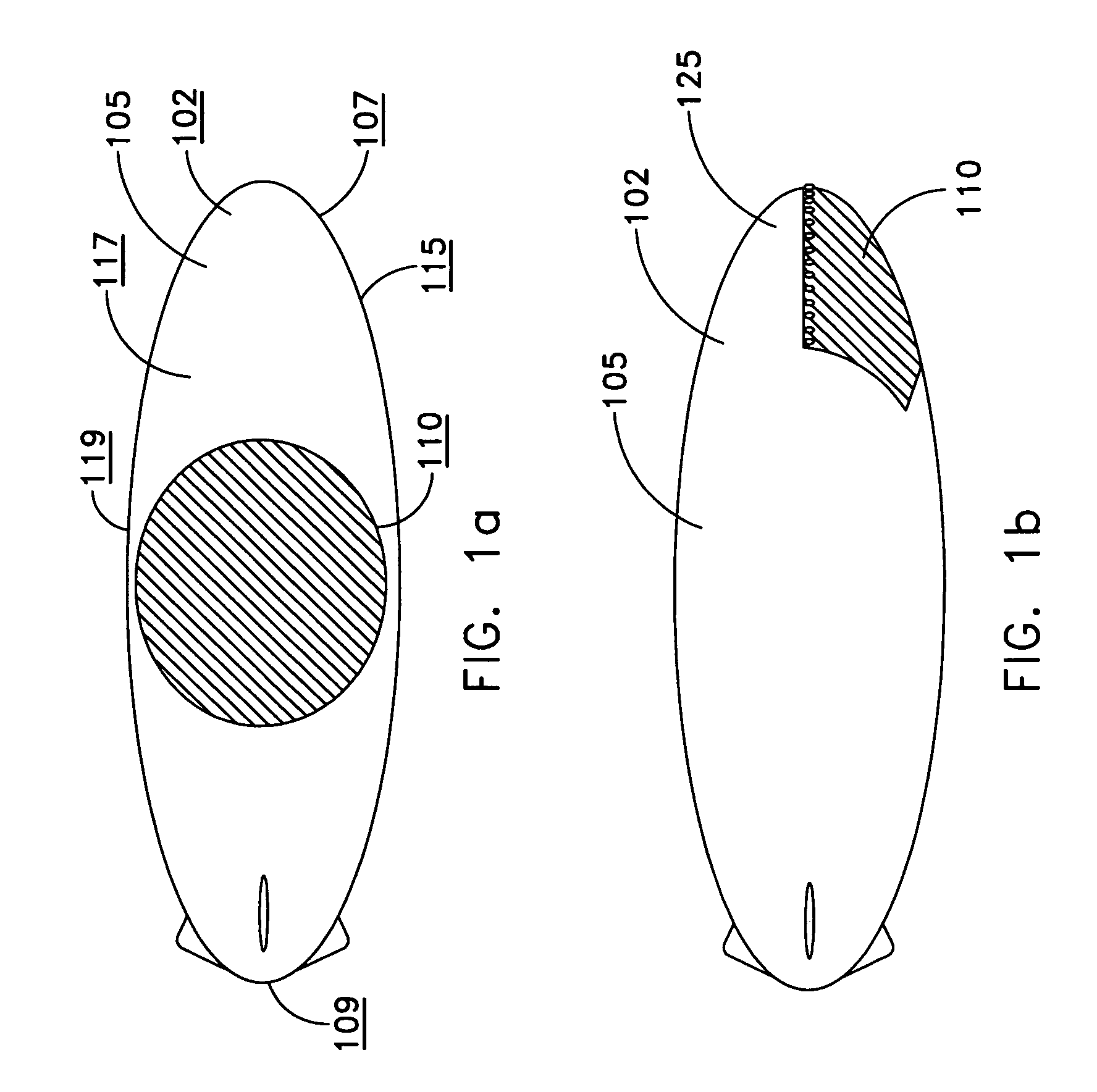Polygonal cylinder array antenna
a phased array and polygonal technology, applied in the field ofradar systems, can solve the problems of rotary joint and coupler, unsatisfactory radar orientation options, and undesirable requirements for heavy mechanical components
- Summary
- Abstract
- Description
- Claims
- Application Information
AI Technical Summary
Benefits of technology
Problems solved by technology
Method used
Image
Examples
Embodiment Construction
[0032]In the figures to be discussed, the circuits and associated blocks and arrows represent functions of the process according to the present invention which may be implemented as electrical circuits and associated wires or data busses, which transport electrical signals. Alternatively, one or more associated arrows may represent communication (e.g., data flow) between software routines, particularly when the present method or apparatus of the present invention is a digital process. In the embodiments of the invention disclosed herein, the airships are gas filled dirigibles, however, the invention as disclosed is not limited in its application to dirigibles, but may be employed in other types of aircraft, satellites or stationary ground radar systems.
[0033]As previously discussed with regard to FIG. 1a and FIG. 1b, an airship 102 surface curvature 117 changes continuously over an entire surface 115, and an antenna array 110 on such a doubly-curved surface must continuously change ...
PUM
 Login to View More
Login to View More Abstract
Description
Claims
Application Information
 Login to View More
Login to View More - R&D
- Intellectual Property
- Life Sciences
- Materials
- Tech Scout
- Unparalleled Data Quality
- Higher Quality Content
- 60% Fewer Hallucinations
Browse by: Latest US Patents, China's latest patents, Technical Efficacy Thesaurus, Application Domain, Technology Topic, Popular Technical Reports.
© 2025 PatSnap. All rights reserved.Legal|Privacy policy|Modern Slavery Act Transparency Statement|Sitemap|About US| Contact US: help@patsnap.com



